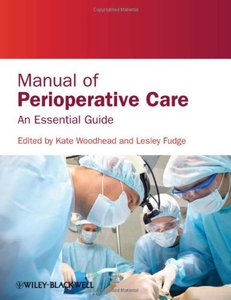Rapid response, assessment and management are crucial for neurocritical situations
Acute neurological illness is traumatic for patients and their families. Physicians caring for these patients are often under great distress and need to rapidly assess the situation to allow appropriate stabilization and management.
Emergency Management in Neurocritical Care gives you the tools you need to perform under pressure in the neurocritical or emergency care unit. The no-nonsense approach corresponds to the attitude needed in both acute emergencies and in the neurocritical care unit. Packed with handy tips to improve your care of patients, and written by internationally renowned experts, the book covers:
Acute Management of Neurological Emergencies
Cerebrovascular Critical Care
Infections of the Nervous System
Neuromuscular Complications Encountered in the Intensive Care Unit
Neurological Complications and Consultations in General Intensive Care Units
Acute Neuroimaging and Neuromonitoring in Neurocritical Care
Clinical in approach, practical in execution, Emergency Management in Neurocritical Care will help you perform better in pressure situations.
http://adf.ly/1QhylQ














